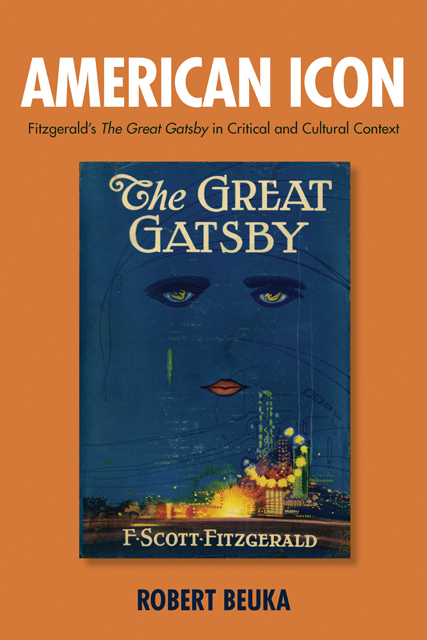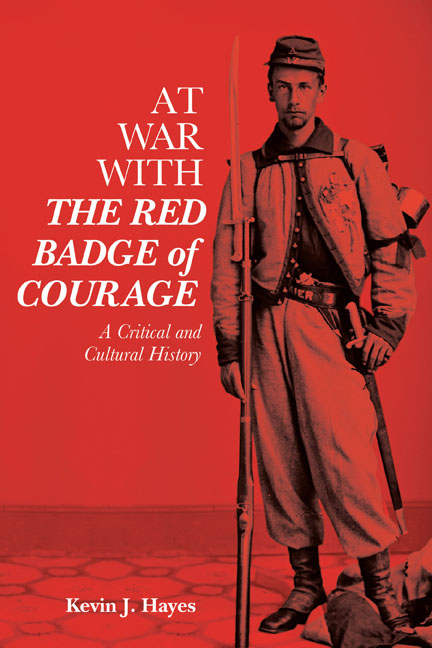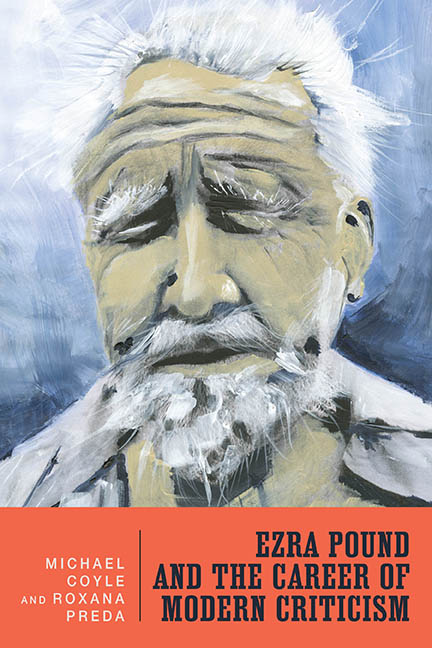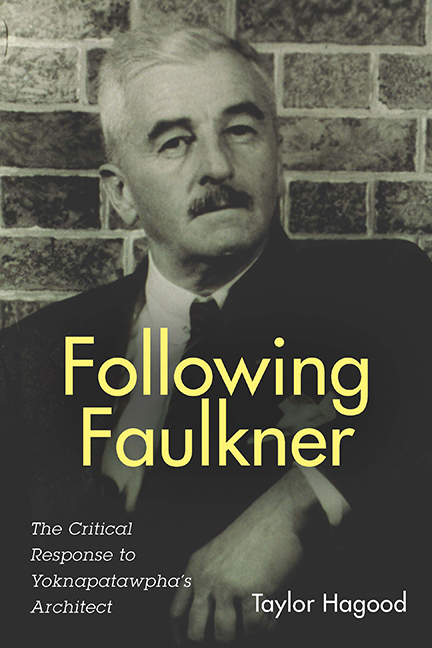26 results in Literary Criticism in Perspective

The Critical Reception of Sir Arthur Conan Doyle
- Sherlock Holmes and Beyond
-
- Published by:
- Boydell & Brewer
- Published online:
- 10 January 2024
- Print publication:
- 20 June 2023

Reading Abolition
- The Critical Reception of Harriet Beecher Stowe and Frederick Douglass
-
- Published by:
- Boydell & Brewer
- Published online:
- 21 February 2023
- Print publication:
- 01 December 2016

Melville's Mirrors
- Literary Criticism and America's Most Elusive Author
-
- Published by:
- Boydell & Brewer
- Published online:
- 11 February 2023
- Print publication:
- 01 November 2011

American Icon
- Fitzgerald's The Great Gatsby in Critical and Cultural Context
-
- Published by:
- Boydell & Brewer
- Published online:
- 11 February 2023
- Print publication:
- 03 October 2011

The Critical Reception of Hemingway's The Sun Also Rises
-
- Published by:
- Boydell & Brewer
- Published online:
- 10 February 2023
- Print publication:
- 15 November 2011

The Critical Life of Toni Morrison
-
- Published by:
- Boydell & Brewer
- Published online:
- 14 January 2023
- Print publication:
- 15 July 2021

Mark Twain under Fire
- Reception and Reputation, Criticism and Controversy, 1851–2015
-
- Published by:
- Boydell & Brewer
- Published online:
- 02 June 2021
- Print publication:
- 15 July 2018

At War with The Red Badge of Courage
- A Critical and Cultural History
-
- Published by:
- Boydell & Brewer
- Published online:
- 24 November 2020
- Print publication:
- 15 December 2020

Willa Cather
- The Critical Conversation
-
- Published by:
- Boydell & Brewer
- Published online:
- 06 October 2020
- Print publication:
- 01 June 2020

Ezra Pound and the Career of Modern Criticism
- Professional Attention
-
- Published by:
- Boydell & Brewer
- Published online:
- 17 July 2019
- Print publication:
- 10 September 2018

Mark Twain under Fire
- Reception and Reputation, Criticism and Controversy, 1851-2015
-
- Published by:
- Boydell & Brewer
- Published online:
- 09 April 2019
- Print publication:
- 15 November 2016

The Critical Reception of James Baldwin, 1963-2010
- An Honest Man and a Good Writer
-
- Published by:
- Boydell & Brewer
- Published online:
- 09 March 2018
- Print publication:
- 01 April 2014

Following Faulkner
- The Critical Response to Yoknapatawpha's Architect
-
- Published by:
- Boydell & Brewer
- Published online:
- 27 April 2017
- Print publication:
- 15 March 2017

The Critics and Hemingway, 1924-2014
- Shaping an American Literary Icon
-
- Published by:
- Boydell & Brewer
- Published online:
- 05 February 2016
- Print publication:
- 21 December 2015

Becoming John Updike
- Critical Reception, 1958-2010
-
- Published by:
- Boydell & Brewer
- Published online:
- 05 May 2013
- Print publication:
- 01 April 2013

Approaching Emily Dickinson
- Critical Currents and Crosscurrents since 1960
-
- Published by:
- Boydell & Brewer
- Published online:
- 05 February 2013
- Print publication:
- 01 June 2008

Goethe's 'Werther' and the Critics
-
- Published by:
- Boydell & Brewer
- Published online:
- 05 February 2013
- Print publication:
- 01 July 2005

The Critical Response to Robert Musil's 'The Man without Qualities'
-
- Published by:
- Boydell & Brewer
- Published online:
- 05 February 2013
- Print publication:
- 21 July 2003

Arthur Schnitzler and Twentieth-Century Criticism
-
- Published by:
- Boydell & Brewer
- Published online:
- 05 February 2013
- Print publication:
- 28 November 2003

Jane Austen
- Two Centuries of Criticism
-
- Published by:
- Boydell & Brewer
- Published online:
- 05 February 2013
- Print publication:
- 02 May 2011

